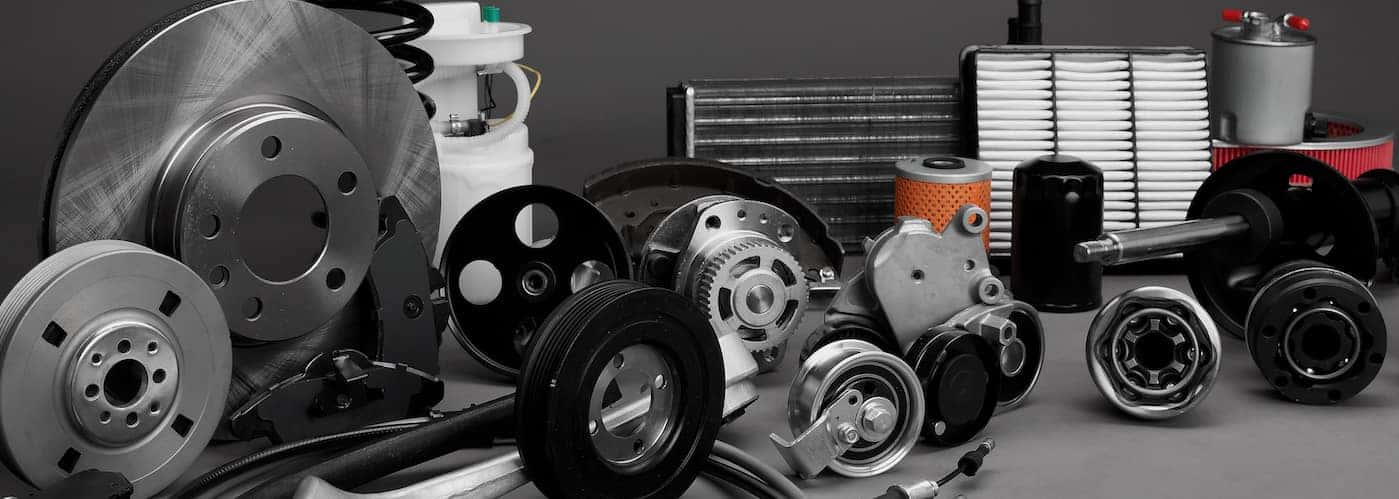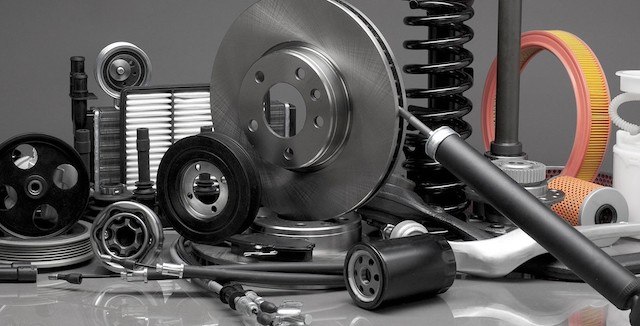The Benefits and Drawbacks of Choosing OEM Building Components Over New Parts for Your Tools
When it involves repairing and keeping devices, the choice between selecting original tools producer (OEM) construction parts versus repairs is an important factor to consider for many organizations. The choice in between these two choices can have substantial implications for the efficiency, reliability, and durability of the tools in question. While OEM components are developed to fulfill the details demands of the equipment and are often connected with a higher degree of top quality and compatibility, there are also downsides to be evaluated, such as potential cost ramifications and accessibility issues. Comprehending the benefits and disadvantages of each option is vital in making notified decisions that can impact the effectiveness and performance of your tools.
High Quality and Compatibility Benefits
When considering the quality and compatibility advantages of OEM building parts versus brand-new parts, it is important to evaluate their accuracy design and smooth assimilation abilities. OEM building parts, being initial tools manufactured by the very same company that generated the devices itself, are made to specific specs.
In comparison, brand-new components might not use the same degree of accuracy engineering and compatibility as OEM parts. While brand-new components might be much more easily available and affordable in many cases, they frequently do not have the precise style and quality guarantee that include OEM construction parts. This can result in reduced efficiency, enhanced wear and tear, and possibly expensive repair work in the long run. Eventually, the high quality and compatibility benefits of OEM building and construction parts make them a remarkable selection for ensuring the optimal functioning and sturdiness of your equipment.

Higher Expense Considerations
Provided the premium quality and compatibility advantages of OEM construction parts over brand-new parts, it is vital to now resolve the aspect of greater expense considerations in the decision-making procedure. While OEM parts are recognized for their exact fit and high performance, they often come with a greater rate factor compared to aftermarket alternatives. The first investment in OEM components may seem extra expensive, yet in the lengthy run, they can prove to be a lot more economical due to their resilience and reliability.
One crucial aspect to consider when assessing the higher cost of OEM building and construction parts is the possible savings in regards to lowered upkeep and fixing expenses. OEM components are crafted to fulfill the details demands of the equipment, which can result in fewer breakdowns and less downtime. This can translate into considerable price financial savings for devices owners in regards to lower fixing and replacement prices over the life-span of the machinery.
In addition, investing in OEM components can additionally contribute to preserving the resale value of the devices. Inevitably, while the higher cost of OEM building parts may call for a bigger ahead of time investment, the lasting advantages in terms of cost, performance, and dependability cost savings make them a useful and sensible choice for tools proprietors looking to make the most of the value of their financial investments.
Dependability and Service Warranty Coverage
In examining the selection in between OEM construction components and brand-new parts, a vital aspect to take into consideration is the level of integrity and service warranty coverage given. OEM building and construction parts, being made by the initial equipment manufacturer, are made to satisfy the precise specifications of the devices, making certain a high Visit This Link level of dependability. These components go through rigorous screening to make sure compatibility and resilience, minimizing the threat of malfunctions and break downs. Additionally, OEM parts typically feature a warranty that offers insurance coverage for a given duration, providing assurance to devices owners in case of unanticipated problems.
On the other hand, new parts might not constantly use the same degree of integrity as OEM components, as they might not have actually been especially designed for the equipment in concern. When taking into consideration integrity and service warranty insurance coverage, choosing for OEM building and construction parts may use a much more safe and secure and reliable solution for equipment maintenance and longevity.
Efficiency and Long Life Enhancements
Having actually developed the importance of integrity and guarantee coverage in the option between OEM building parts and repairs, the focus currently changes towards assessing how these parts add to performance and durability improvements. OEM construction parts are crafted to specific specs, ensuring seamless combination and ideal performance within the devices. This precision causes enhanced general performance and efficiency, as the parts are designed to work harmoniously with the equipment they are planned for.
Furthermore, OEM parts typically go through rigorous testing to satisfy industry standards and manufacturer demands, guaranteeing a greater degree of top quality contrasted to generic options. This weblink superior high quality translates into enhanced resilience and longevity for the tools, reducing the threat of costly repair work and unanticipated failures. By utilizing OEM building and construction components, tools proprietors can experience improved performance, expanded life expectancy, and decreased downtime, ultimately causing improved operational effectiveness and cost-effectiveness over time.
Prospective Restricted Schedule Issues

When counting on OEM building and construction components for tools repair and maintenance, one substantial disadvantage that can emerge is the possible limited accessibility of these parts. Due to factors such as production timetables, supply chain disturbances, or the discontinuation of specific elements by suppliers, there might be instances where OEM components come to be scarce or perhaps out-of-date. This scarcity can lead to hold-ups in devices maintenance, extended downtime, and enhanced expenses connected with sourcing different remedies.
Restricted schedule of OEM building parts can likewise interfere with the effectiveness of maintenance groups, as they might need to invest added time and initiative looking for suitable substitutes or waiting for back-ordered components to get here. In situations where details OEM components are critical for ideal tools performance or security conformity, the unavailability of these components can posture severe why not try these out functional risks. To reduce these challenges, tools supervisors should keep clear communication with suppliers, check out options for equipping important parts ahead of time, and consider alternate solutions or aftermarket components when OEM choices are scarce.
Conclusion
To conclude, when taking into consideration whether to pick OEM building parts over new components for tools, it is very important to evaluate the benefits of quality, compatibility, reliability, performance, and durability against the drawbacks of higher price and potential restricted accessibility. Ultimately, the decision must be based upon the particular needs and concerns of the tools owner, in addition to the significance of guarantee protection in making certain lasting satisfaction and functional efficiency.
When it comes to repairing and keeping equipment, the decision between opting for original tools producer (OEM) building parts versus brand-new components is a vital factor to consider for many organizations.Provided the premium quality and compatibility benefits of OEM building and construction parts over new parts, it is crucial to now address the element of greater price considerations in the decision-making process. OEM Equipment Parts.On the other hand, new parts might not constantly supply the same degree of dependability as OEM parts, as they may not have actually been particularly designed for the tools in concern.When depending on OEM building parts for devices upkeep and fixings, one substantial downside that can emerge is the prospective restricted availability of these components. To minimize these difficulties, equipment managers need to preserve clear interaction with suppliers, explore alternatives for stocking critical parts in development, and think about alternative options or aftermarket components when OEM choices are limited